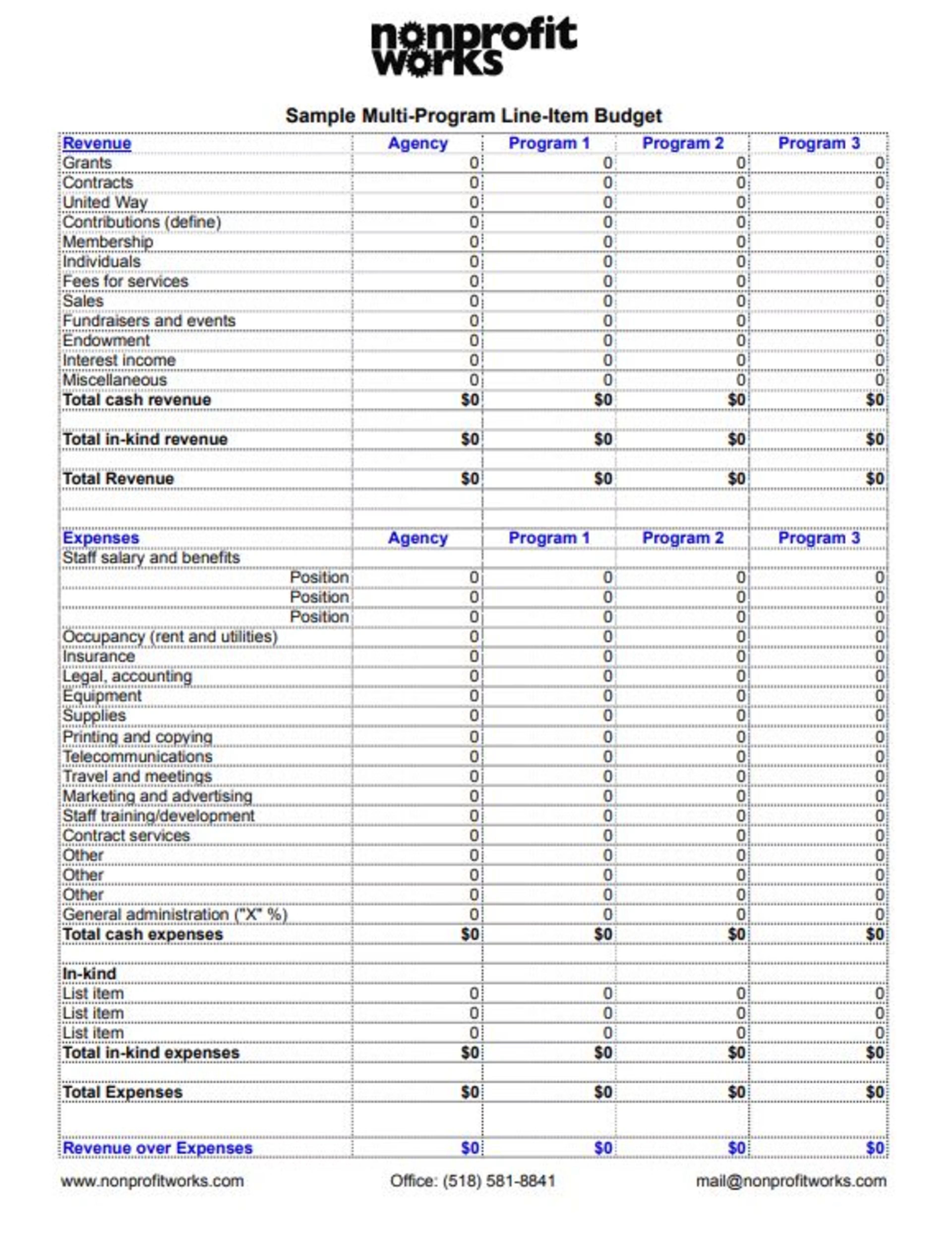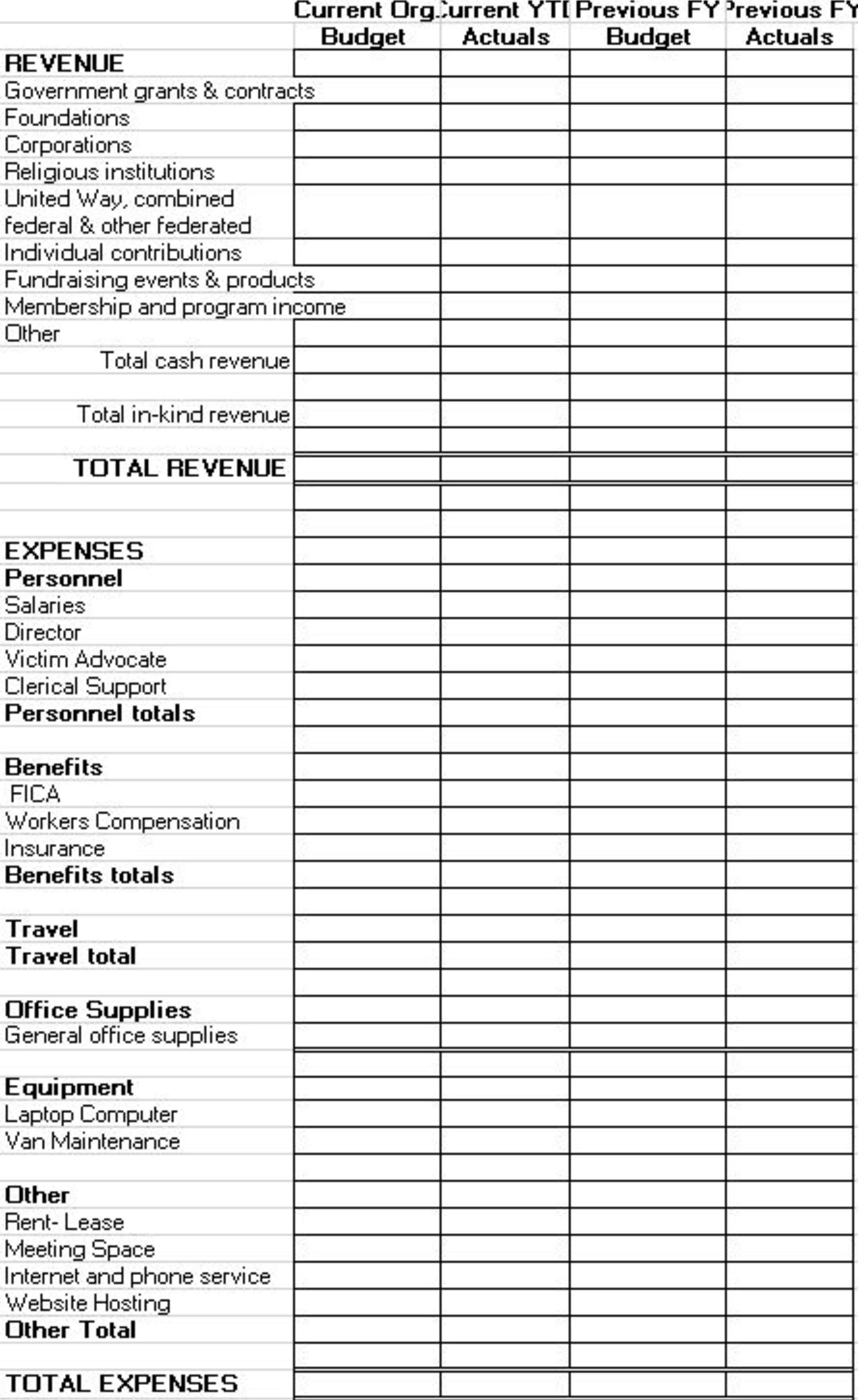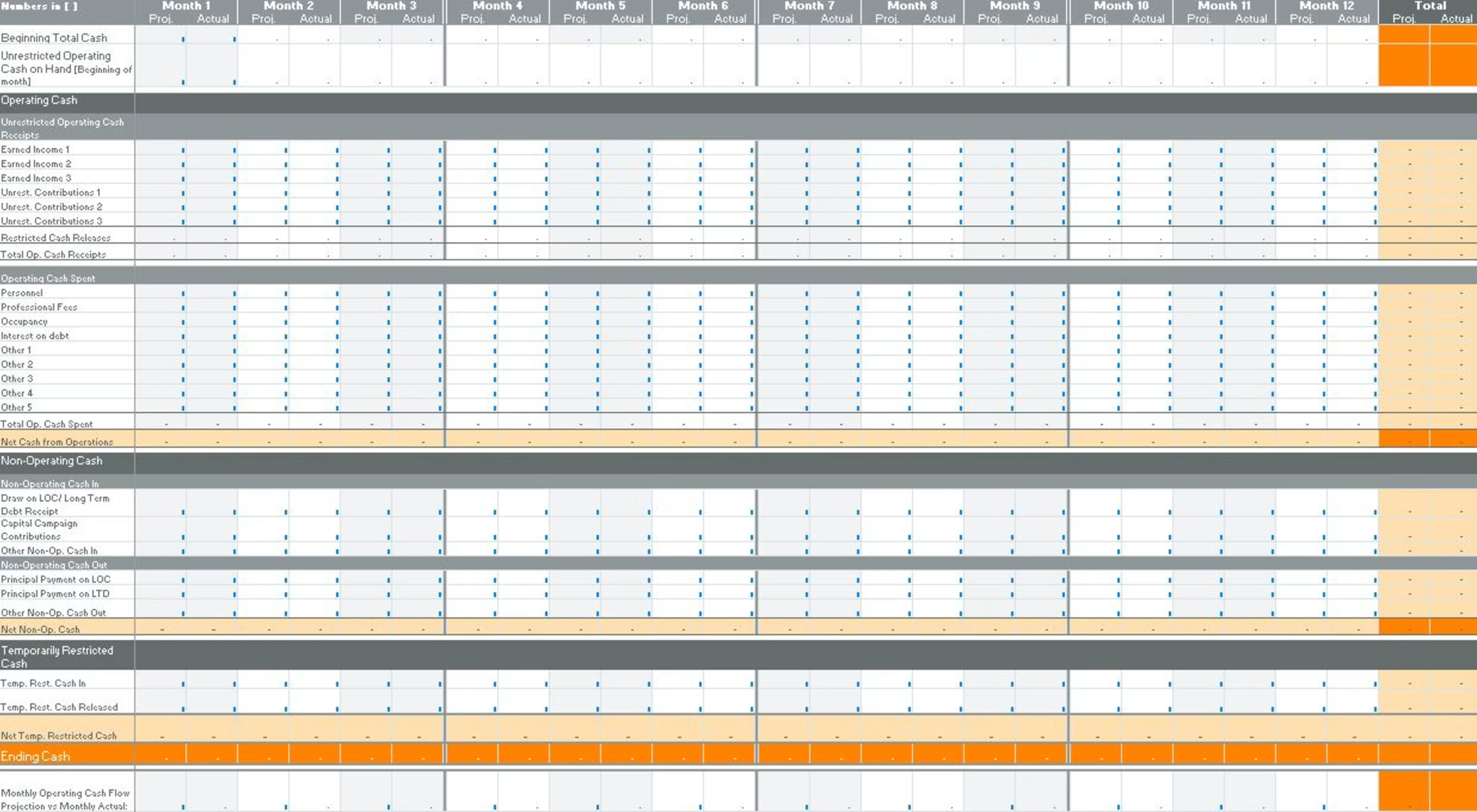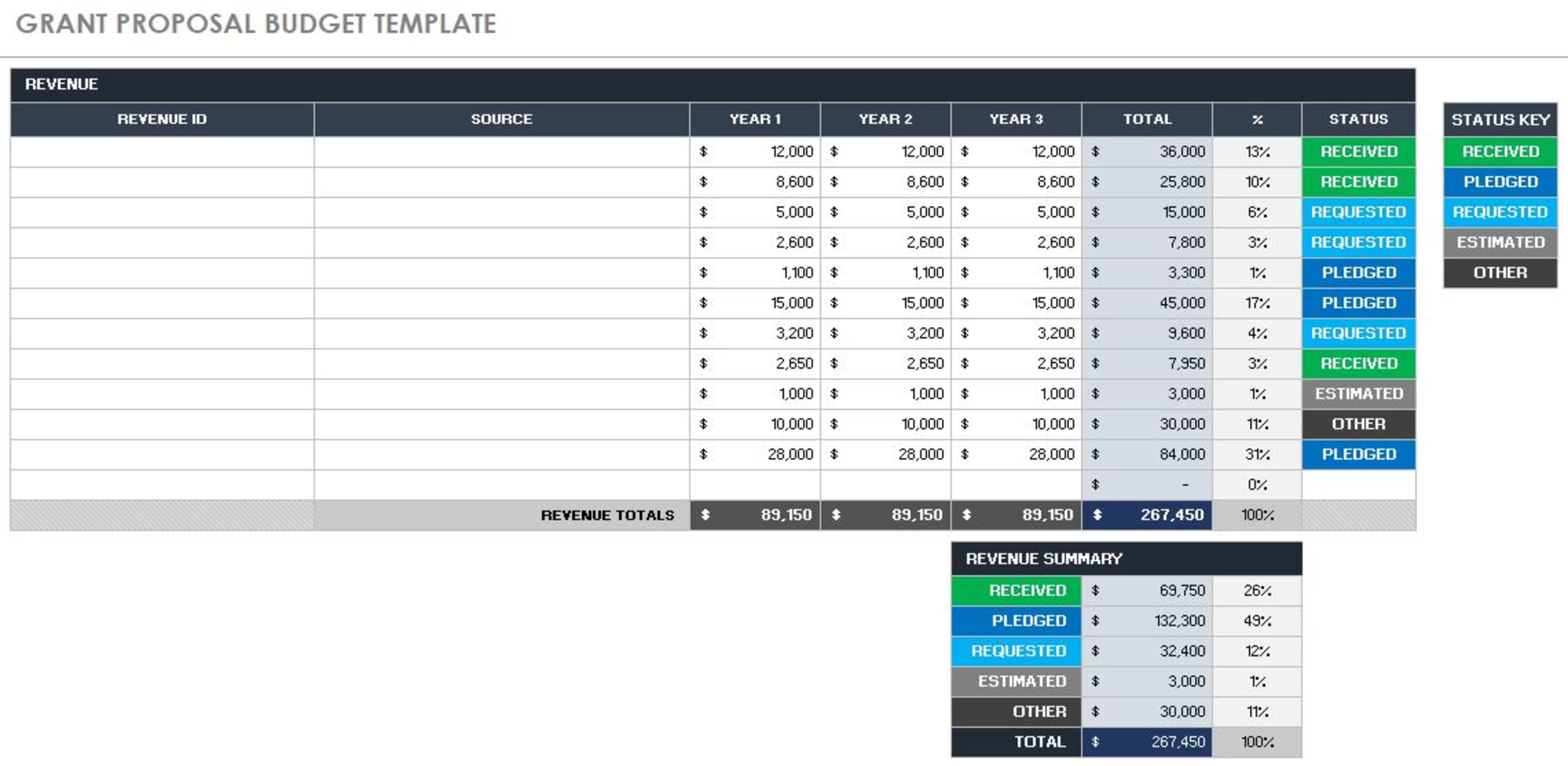Track your nonprofit’s income and expenses using these free business budget templates. Use your budget wisely and manage finances for smoother operations.

Imagine being on a budget and going to the supermarket without a laundry list of items you need. Chances are you’ll either overbuy or forget something you need.
While buying more will throw you off your personal budget, not buying enough will mean extra trips to the supermarket. Either way, you’ll end up wasting time and resources.
If you run a nonprofit organization and don’t keep tabs on your monthly income sources and expenses, you’ll find yourself in a similar situation, either overspending or not spending enough on things that matter. But with proper budgeting, you can focus on the financial goal of your nonprofit. Plus, you’ll be better able to manage operations with the limited funds you receive.
To help you move from messy finances to organized operational budgeting, we present four free nonprofit budget templates your organization must try.
1. Nonprofit program budget template
Nonprofit professionals such as you can use this budgeting template to organize and record expenses for a specific program or multiple programs. Say you’re running a vocational course for low-income young adults. Use this budget planner to track all the costs (either direct or indirect cost) of the course. You can also use it as a project budget template.
Direct costs are straightforward and can be calculated upfront. They include unique program-related expenses such as the cost of hired vocational coaches, rented books or learning materials on different vocational skills, and the salary of program-specific recruiters. Indirect costs are the costs of shared resources such as office utilities, telephone, or bookkeeping services that are used by all.

Download Now
2. Nonprofit annual budget template
Use this budget spreadsheet to create your nonprofit organization’s annual budget plan. Enter your estimated yearly expenses for fixed items and program expenses such as salaries, rent, utilities, and supplies, and variable items such as travel, gifts, and marketing costs for one-off fundraisers.
Add high-level estimates initially, but revisit your budget throughout the year. Enter the actual costs and expenditure against your estimates to keep the yearly budget template up to date. You can also compare monthly expenditures against your annual projections to make sure you don’t overspend.

Download Now
3. Nonprofit cash flow projection template
This template breaks down your annual or monthly budget incrementally, giving a fair picture of your cash flow. You can enter your estimated receivables and expenditure as well as the date you expect to receive both.
If you’re not sure about a receivable, don’t add it to the budget worksheet. Under income, include only the bare minimum amount you’re certain of. Say you expect to raise at least $20,000 in a fundraiser, add only that amount; refrain from inflating the figure. Similarly, if you expect increased expenditure or sudden unplanned event-related expenses, add those as well.

Download Now
4. Nonprofit grant budget template
Use this nonprofit budget template if you’re looking to raise funds through grants. It lets you create an item-by-item expense breakdown (of both direct and indirect costs) for the program for which you’re requesting funding.
Ensure your budget aligns with the grant’s guidelines, the funder’s expectations, and what you write in your grant proposal. For instance, the figures in your nonprofit budgeting spreadsheet should match the figures in your proposal. Include the true cost of items—use real numbers, not percentages or hypothetical figures—and make sure the amount you include in the budget sheet adds up to the total grant money you’re requesting.

Download Now
A nonprofit budget template for every need
These free budget templates will help you manage expenses for your nonprofit. Here are some more tips to ace the art of budgeting:
Get your budget approved by stakeholders, and communicate it to your team once it’s approved. Transparency in communication will help you win your team’s trust and also make them act responsibly, as everyone will be aware of the spending plan.
Appoint someone to be in charge or even a committee to keep tabs on budget implementation. Ensure the process is supervised, and review your budget regularly, so it’s up to date at all times.
If spreadsheets and manual budgeting are too much for you, use budgeting software to automate expense tracking. Here are some free tools to get you started.
